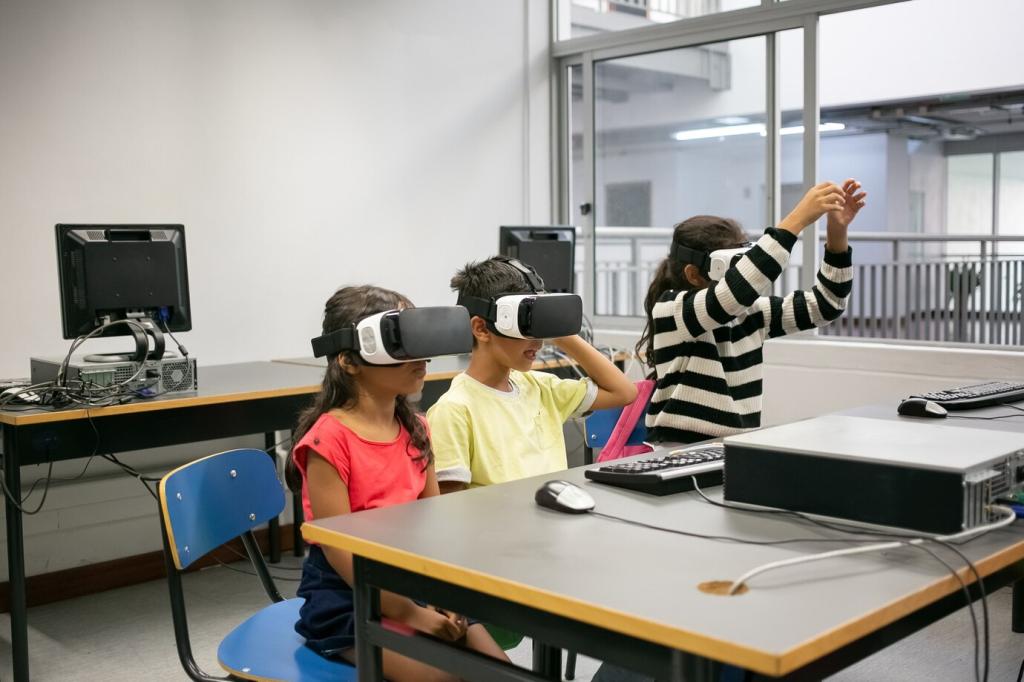This website uses cookies so that we can provide you with the best user experience possible. Cookie information is stored in your browser and performs functions such as recognising you when you return to our website and helping our team to understand which sections of the website you find most interesting and useful.
Emerging Technologies in E-Learning Platforms
Emerging technologies are revolutionizing the landscape of e-learning platforms by enhancing interactivity, personalization, and accessibility for learners worldwide. These innovations aim to create more immersive, efficient, and engaging educational experiences. By integrating advanced tools such as artificial intelligence, virtual reality, and blockchain, e-learning platforms are adapting to diverse learning needs and improving outcomes. This transformation is not only optimizing content delivery but also enabling adaptive learning paths, real-time feedback, and secure credentialing. Understanding these technologies is essential for educators, developers, and learners seeking to harness the full potential of digital education in a rapidly evolving environment.

Adaptive Learning Systems
Intelligent Tutoring Systems
Automated Assessment and Feedback
Immersive Virtual Classrooms
Augmented Reality Learning Tools
Blockchain for Credentialing and Security
Secure Digital Credentials
Learner Data Privacy and Protection
Streamlined Administrative Processes
Internet of Things (IoT) in E-Learning
Smart Classroom Integration
Wearable Technology for Learners
Real-Time Analytics and Feedback
Gamification and Engagement Technologies




